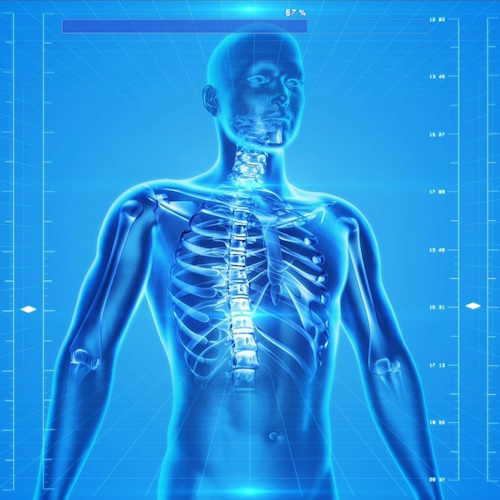Key points from article :
Researchers developed an aging clock that incorporates knowledge about biological pathways into its design.
The model was able to predict age with an average error of 4.7 years.
It included information about the state of the different pathways.
They report that neurons in the p53- and TNFa/NF-kB-signaling pathways were most strongly activated by age.
Decreasing SIRT1 in the network increased the predicted age.
The model also captured positive interventions like caloric restriction.
They found that knocking down the HK2 gene increased aging.
Simulated overexpression led to rejuvenation.
The model demonstrates its utility in deciphering the main pathways.
Accelerating aging conditions like Hutchinson–Gilford progeria syndrome.
Pro-longevity interventions like caloric restriction, exert their effects.
Research by University Medicine Greifswald published in npj Aging and Mechanisms of Disease.






